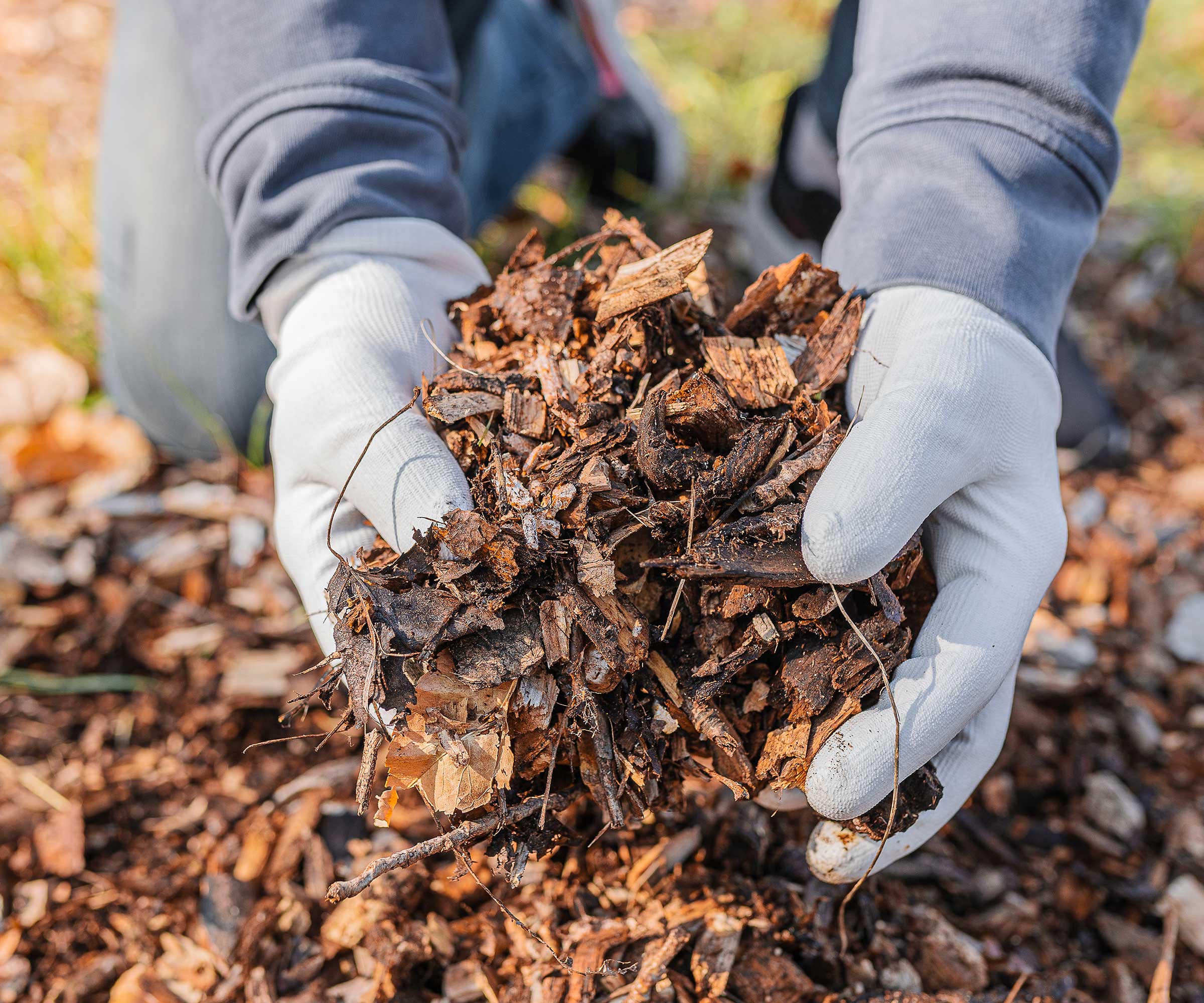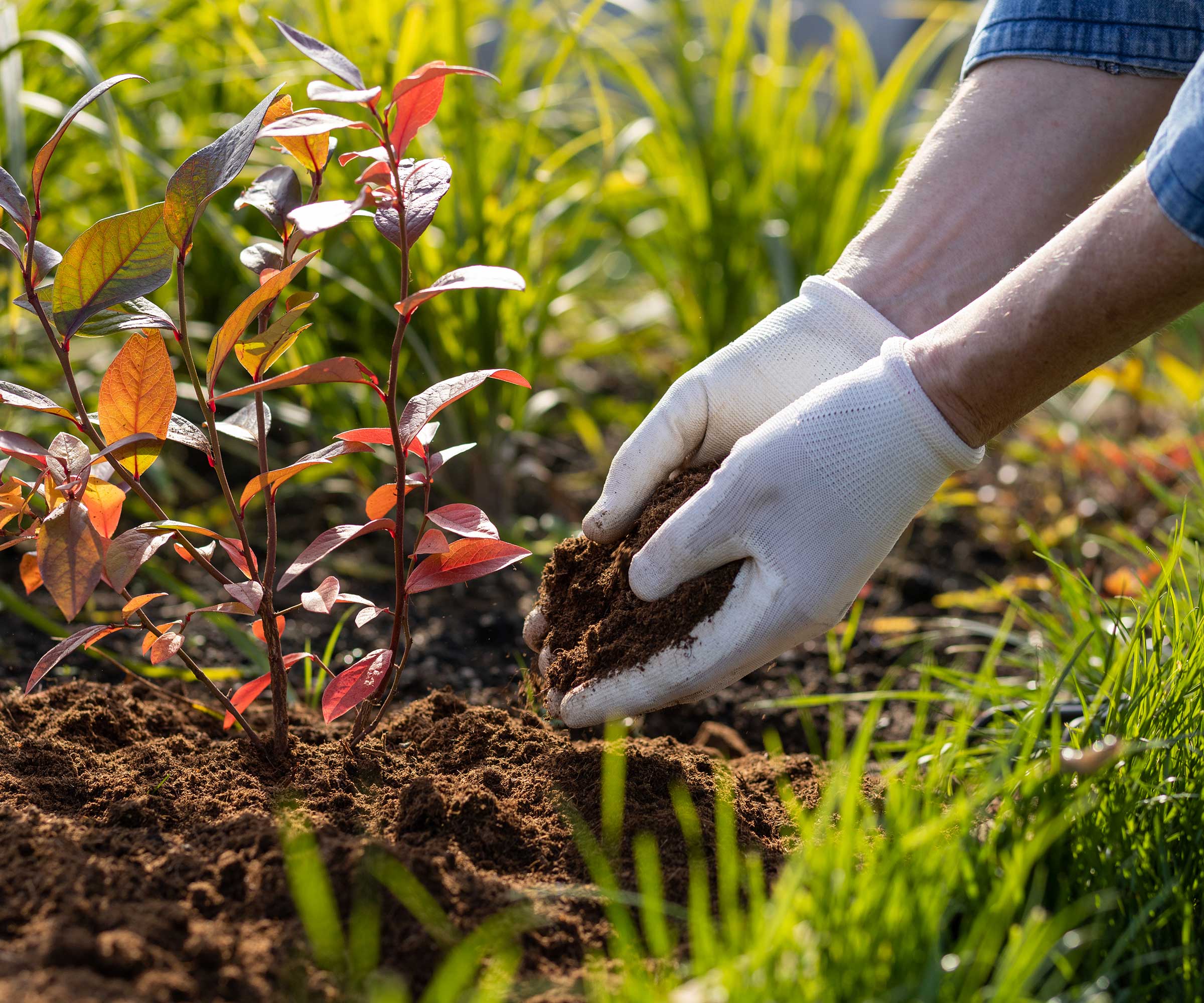
Fall can feel quite overwhelming for us gardeners. There's so much to do before the frostiest temperatures arrive, and it can be hard to know what to prioritize. If you find yourself stretched for time, don't fret. I asked two professional gardeners what the single most important task is to do this month, and they both said one thing: November mulching.
Mulching is important for many reasons. It provides plants with insulation for winter, but it can also do a lot for soil health. The latter is what the experts highlighted when discussing November mulching. This month provides a last opportunity to cover bare soil with a layer of organic matter to protect it from winter damage, including erosion. The good news is that materials are abundant for mulching at this time of year.
Here's what the experts say about the importance of November mulching, plus some tips on how to do it correctly before the depths of winter arrive.
Why is November Mulching Vital for Soil Health?

You may already be aware of how mulching can protect plants from frost, as it insulates plant roots and retains moisture to keep them healthy through winter. But the experts highlight the importance of November mulching as the last chance in the year to protect the health of your soil.
'Mulch your beds to prevent erosion of your soil,' says Anna Hackman, a Rutgers Master Gardener and owner at The Naked Botanical.
The wet and windy conditions of winter can impact the structure of your soil, eroding it, as Anna notes. Freeze-thaw cycles can likewise break down soil structure, and exposed topsoil is even susceptible to washing away.
This isn't good news for your plants, as it can remove essential plant nutrients, hinder soil quality, and stunt growth. It may also expose plant roots to the elements, risking issues of wind rock, root rot, and other damage.
'I never leave any soil uncovered going into the winter for this reason,' Anna says.
'November mulching also adds nutrients to the soil as it breaks down over the winter, and gives beneficial insects a place to overwinter so they are ready for the spring,' says Lindsey Chastain, homesteader and founder at The Waddle and Cluck.
Pro Gardeners' Tips on Mulching in November

There are lots of fall mulching materials readily available in November, from fallen leaves to homemade compost.
'If you have trees, you have free mulch,' says Lindsey. 'Pile a bunch of leaves in a barrel and chop them up with the weed trimmer or go over piles with your lawn mower. You can then add three or four inches of your leaf mulch on your beds.'
'You can also use wood mulch, straw, pine needles, or old plant material,' says Anna. Just make sure any plant material you use isn't diseased, which should be disposed of.
A word of warning when November mulching. 'Don't let the mulch get overly wet and clumpy. This can lead to mold or fungal issues in your soil,' says Lindsey.
There are other tools and materials to help you mulch and protect your plants in late fall. For example, you can use mulching mats, like this burlap sheet from Walmart and these recycled rubber mulch mats from Amazon.







